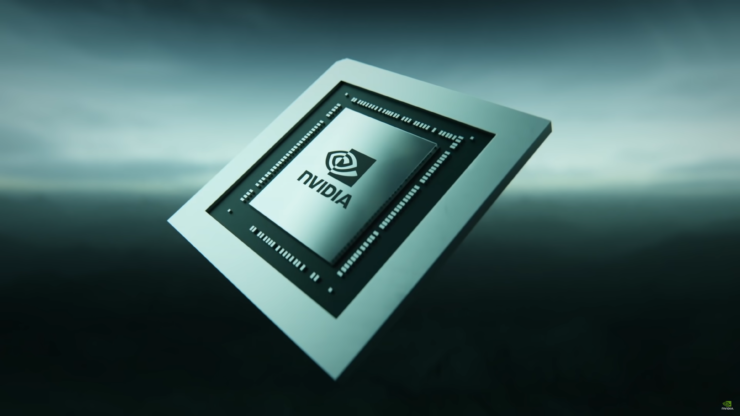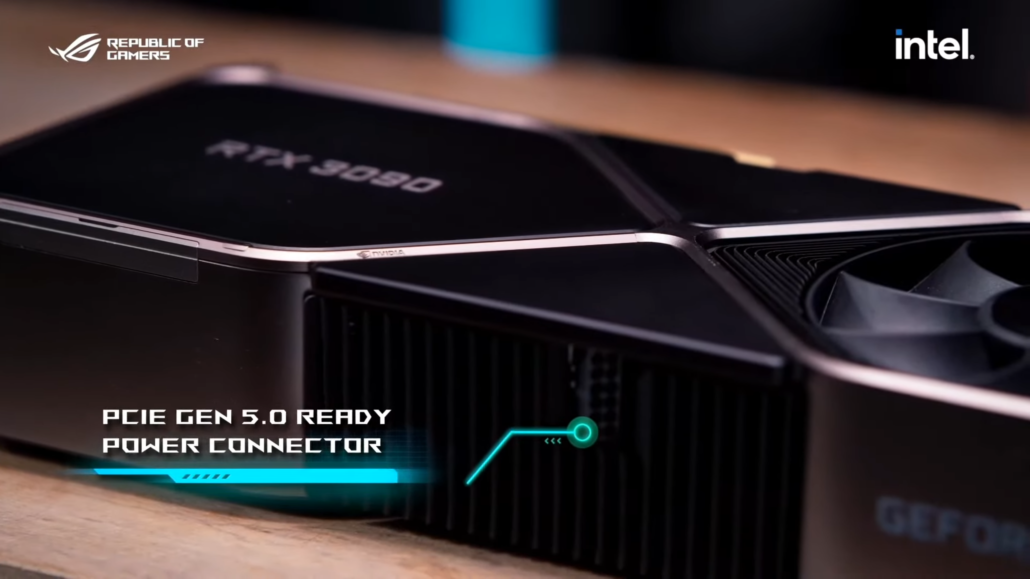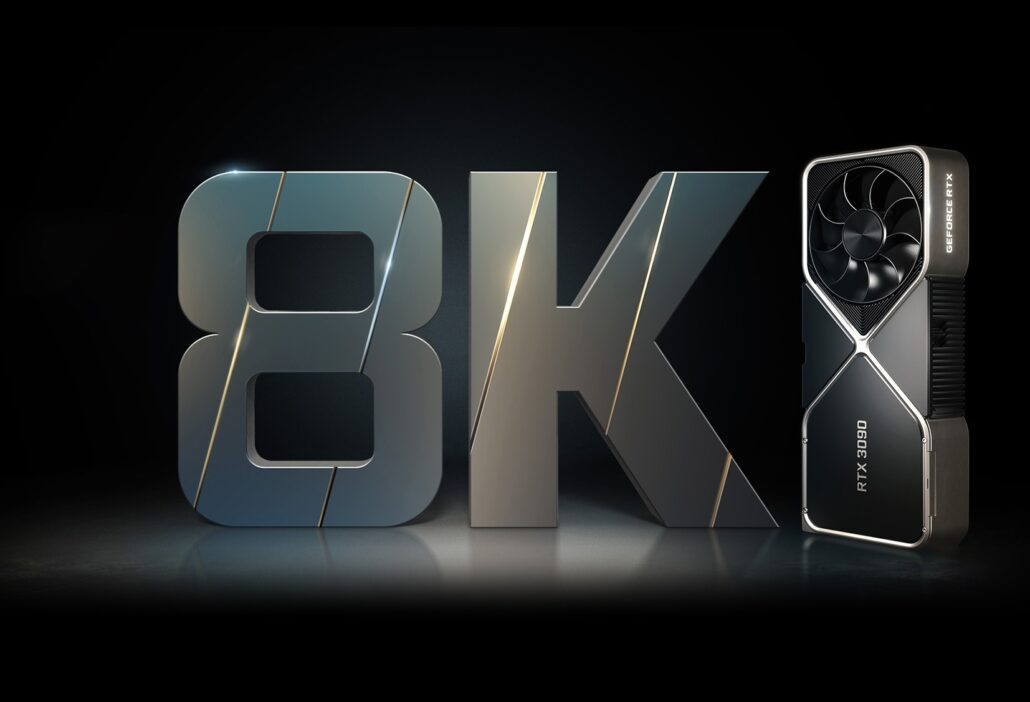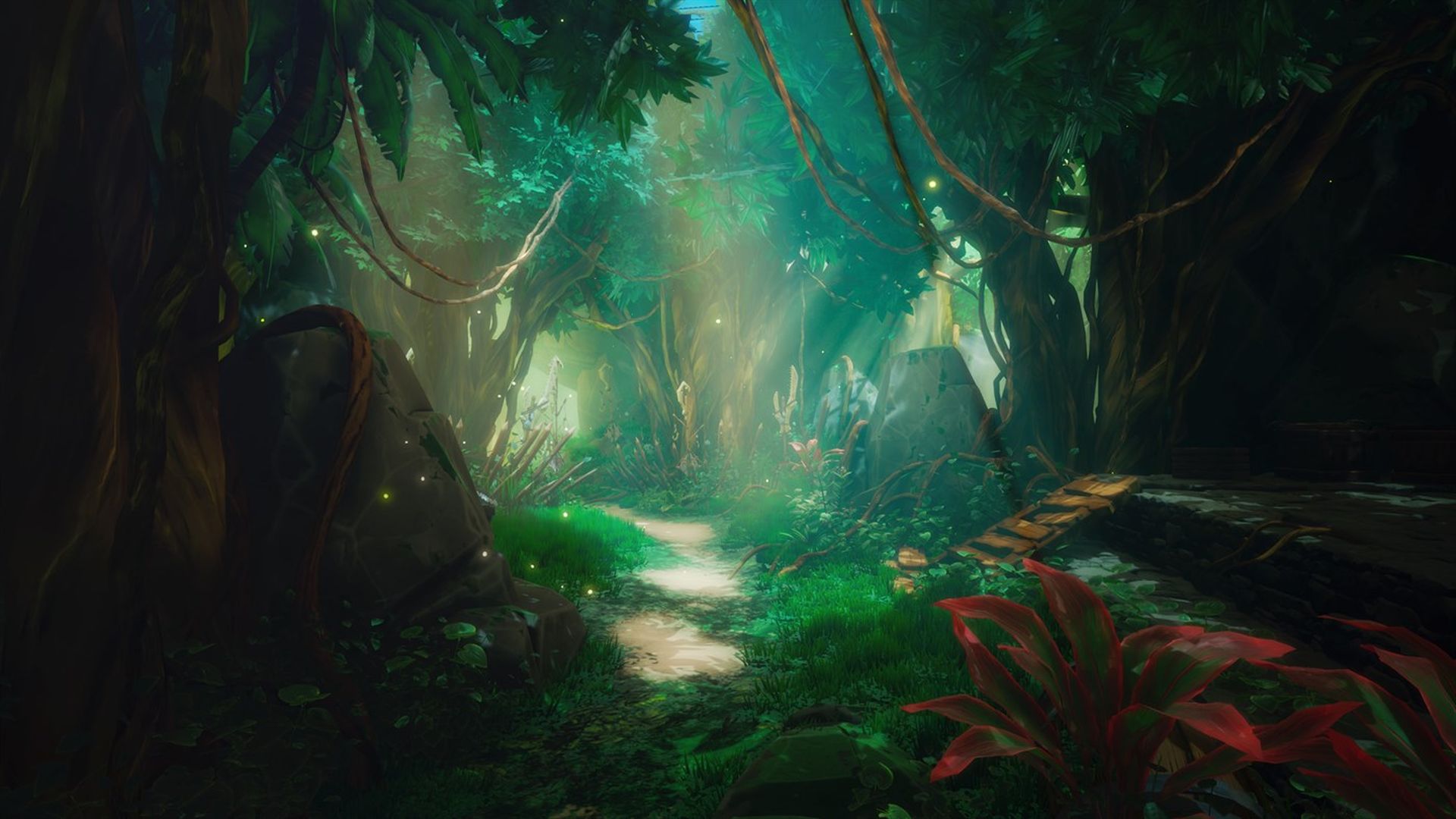

NVIDIA’s next-generation GeForce RTX 40 series gaming graphics cards based on the Ada Lovelace GPU architecture are being prepped for a major 2022 launch. In its latest report, DigiTimes states that partners including Taiwan factories that are partners with NVIDIA are getting ready for a major GPU refresh next year in the form of the GeForce RTX 40 series.
NVIDIA Partners at Taiwan Prep For Major GeForce RTX 40 ‘Ada Lovelace’ Series GPU Launch in 2022, Gaming GPUs To Utilize TSMC’s 5nm Process Node
We have already heard about the possibility of NVIDIA utilizing TSMC’s 5nm process node for its next-generation gaming GPUs codenamed Ada Lovelace from reliable leakers but this time, the information comes from directly within the Taiwanese based factories where these GPUs will be made. While the DigiTimes article is behind a paywall, a snippet of the information was revealed by RetiredEnginner (@chiakokhua) over at Twitter.
“Nvidia’s biennial GPU refresh coming in 2022, riding on metaverse and gaming. Following H100, based on Hopper architecture, using TSMC’s 5nm + CoWoS, aimed at datacenter/AI, gaming GPU RTX40 series, based on Ada Lovelace architecture, will also tap TSMC’s 5nm….”
— RetiredEngineer® (@chiakokhua) November 30, 2021
The NVIDIA Ada Lovelace GPUs will power the next-generation GeForce RTX 40 graphics cards that will go head-on with AMD’s RDNA 3 based Radeon RX 7000 series graphics cards. There’s still some speculation regarding the use of MCM by NVIDIA. The Hopper GPU, which is primarily aimed at the Datacenter & AI segment, is allegedly taping out soon and will feature an MCM CoWoS architecture. NVIDIA won’t be using an MCM design on its Ada Lovelace GPUs so they will keep the traditional monolithic design. The Ada Lovelace GPUs are expected to bring in a series of key innovations, architecturally.
NVIDIA GeForce RTX 4090 Graphics Card – Ada Lovelace Powered AD102 Flagship GPU
Based upon previous rumors, there have been whispers that NVIDIA would utilize TSMC’s N5 (5nm) process node for its Ada Lovelace GPUs. This includes the AD102 SKU too which will be an entirely monolithic design. In his latest tweet which talks about the specific GPU configurations, the AD102 GPU is said to feature a clock speed as high as 2.5 GHz (2.3 GHz average boost). The specific tweet states that the GPU clock for Ada Lovelace ‘AD102’ could be 2.3 GHz or greater so let’s take that as a baseline and previously leaked specifications to figure out where the performance should land.
The NVIDIA AD102 “ADA GPU” appears to have 18432 CUDA Cores based on the preliminary specs (which can change), housed within 144 SM units. This is almost twice the cores present in Ampere which was already a massive step up from Turing. A 2.3-2.5 GHz clock speed would give us up to 85 to 92 TFLOPs of compute performance (FP32). This is more than twice the FP32 performance of the existing RTX 3090 which packs 36 TFLOPs of FP32 compute power.
The 150% performance jump looks huge but one should remember that NVIDIA already gave a big jump in FP32 numbers this generation with Ampere. The Ampere GA102 GPU (RTX 3090) offers 36 TFLOPs while the Turing TU102 GPU (RTX 2080 Ti) offered 13 TFLOPs. That’s over a 150% increase in FP32 Flops but the real-world gaming performance increase for the RTX 3090 averaged at around 50-60% faster over the RTX 2080 Ti. So one thing we shouldn’t forget is that Flops don’t equal GPU gaming performance these days. Furthermore, we don’t know if 2.3-2.5 GHz is the average boost or the peak boost with the former meaning that there could be even higher compute potential for AD102.
Aside from that, the leaker also states that the NVIDIA GeForce RTX 40 flagship would retain a 384-bit bus interface, similar to the RTX 3090. What’s interesting is though that the leaker mentions G6X which means that NVIDIA won’t be moving to a new memory standard until after Ada Lovelace and utilize the higher pin-speeds of G6X of 21 Gbps for its next-generation cards before we see a newer standard (e.g. GDDR7). The card will feature 24 GB of memory so we can either expect single-sided 16Gb DRAM or dual-sided 8Gb DRAM modules.
NVIDIA CUDA GPU (RUMORED) Preliminary:
| GPU | TU102 | GA102 | AD102 |
|---|---|---|---|
| Architecture | Turing | Ampere | Ada Lovelace |
| Process | TSMC 12nm NFF | Samsung 8nm | 5nm |
| Graphics Processing Clusters (GPC) | 6 | 7 | 12 |
| Texture Processing Clusters (TPC) | 36 | 42 | 72 |
| Streaming Multiprocessors (SM) | 72 | 84 | 144 |
| CUDA Cores | 4608 | 10752 | 18432 |
| Theoretical TFLOPs | 16.1 | 37.6 | ~90 TFLOPs? |
| Memory Type | GDDR6 | GDDR6X | GDDR6X |
| Memory Bus | 384-bit | 384-bit | 384-bit |
| Memory Capacity | 11 GB (2080 Ti) | 24 GB (3090) | 24 GB (4090?) |
| Flagship SKU | RTX 2080 Ti | RTX 3090 | RTX 4090? |
| TGP | 250W | 350W | 450-650W? |
| Release | Sep. 2018 | Sept. 20 | 2022 (TBC) |
The NVIDIA Ada Lovelace GPUs will power the next-generation GeForce RTX 40 graphics cards that will go head-on with AMD’s RDNA 3 based Radeon RX 7000 series graphics cards. There’s still some speculation regarding the use of MCM by NVIDIA. The Hopper GPU, which is primarily aimed at the Datacenter & AI segment, is allegedly taping out soon and will feature an MCM architecture. NVIDIA won’t be using an MCM design on its Ada Lovelace GPUs so they will keep the traditional monolithic design.
Which next-generation GPUs are you looking forward to the most?
- AMD RDNA 3 (Navi 3X Radeon RX GPUs)
- NVIDIA Ada Lovelace (GeForce RTX GPUs)
- Intel ARC Alchemist (ARC Graphics Cards)
View ResultsPoll Options are limited because JavaScript is disabled in your browser.
The post NVIDIA Next-Gen Gaming GPUs, GeForce RTX 40 ‘Ada Lovelace’ Series, Launching in 2022 & Will Utilize TSMC’s 5nm Process Node by Hassan Mujtaba appeared first on Wccftech.






